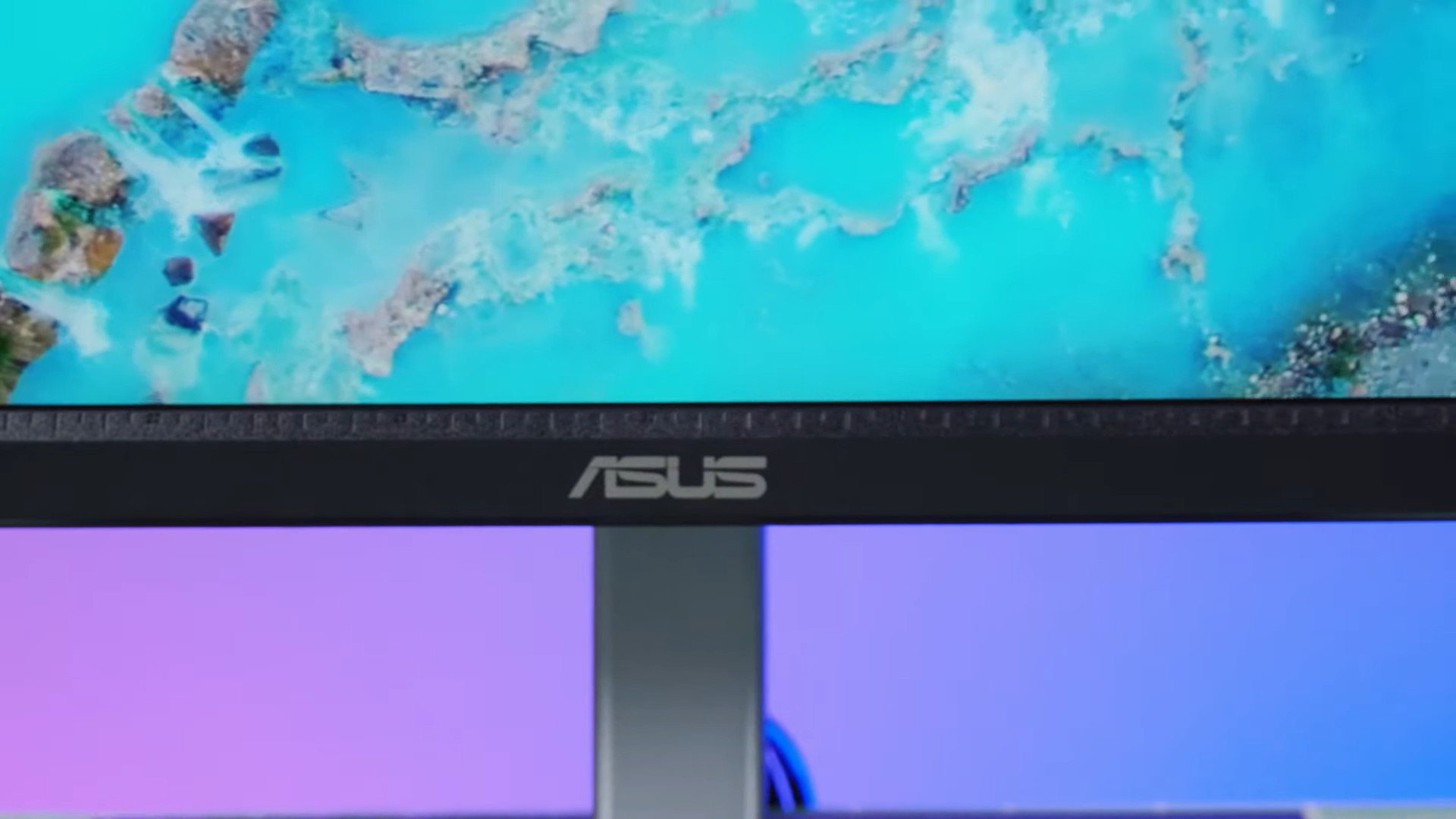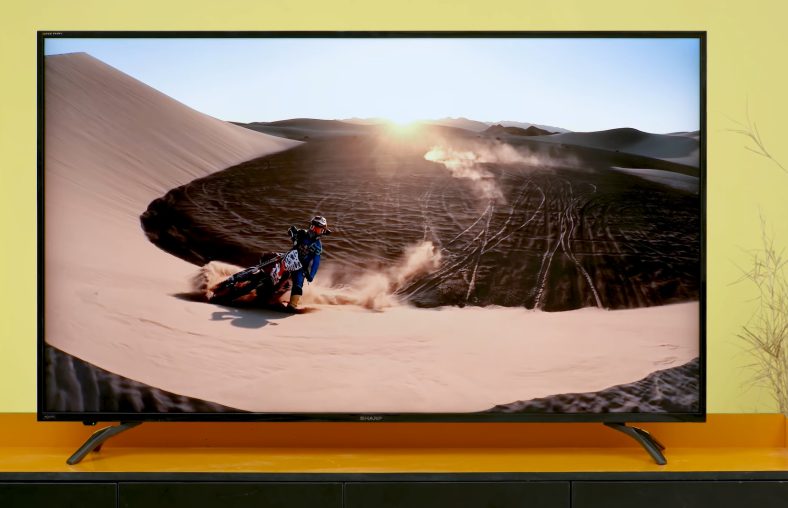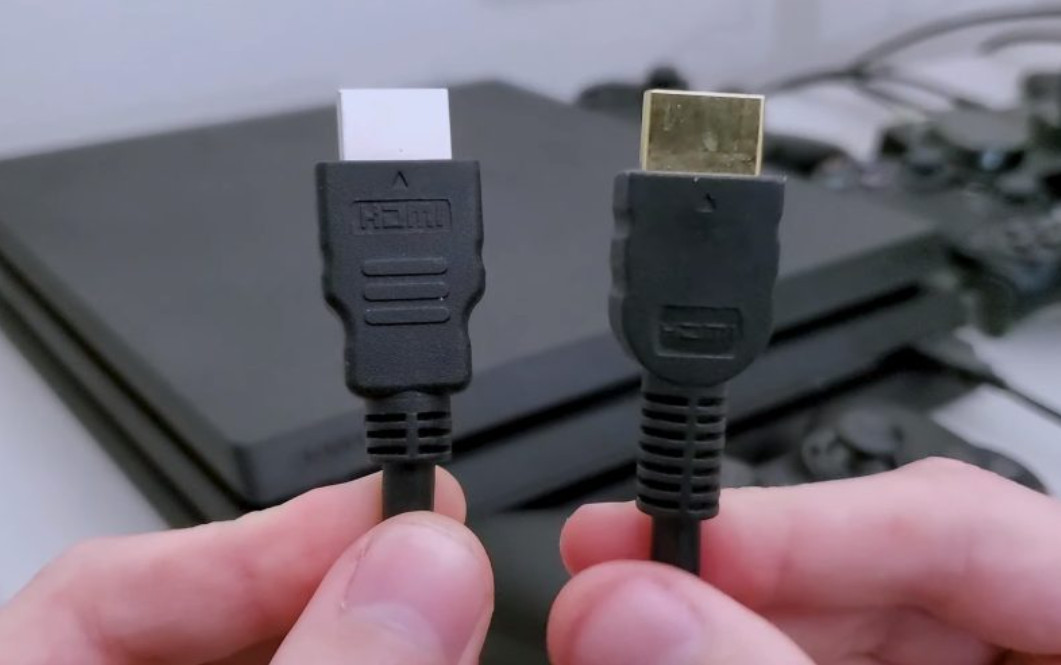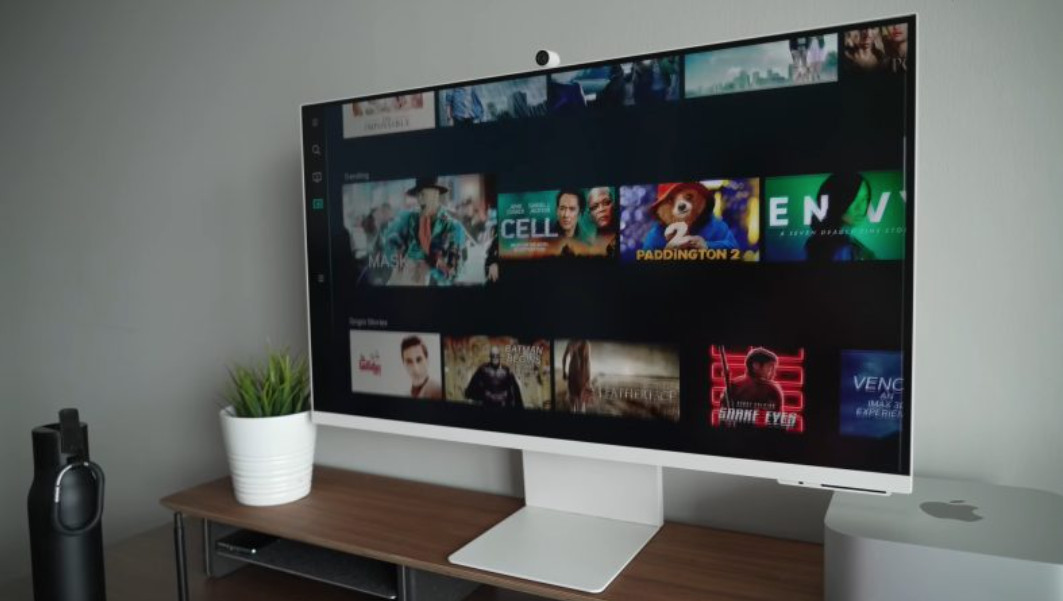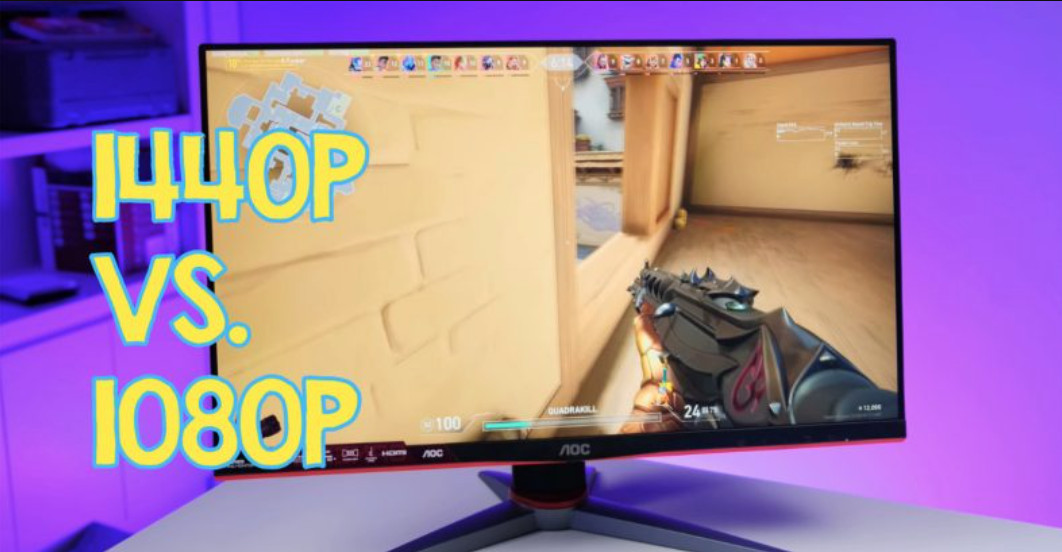
1440p Vs. 1080p: Which is the best image resolution for you?
Image resolution is an important factor to consider when choosing a computer display, phone, or TV. It will affect your gaming and entertainment experience.
Currently, 1440p and 1080p are the two most prevalent image resolutions. Each category shines in its own way with unique pros and cons.
If you are wondering which is better between 1440p vs 1080p, read this post to find out their core differences.
We will compare 1440p with 1080p resolution in detail to help you choose the most suitable category for your preferences and needs.
Let’s jump straight into the topic!
Table of Contents
Image Resolution
To have a better view of 1080p and 1440p, we first have to understand the image resolution. It is the number of pixels in the image measured vertically and horizontally.
For example, a 6000 x 4000 image resolution indicates that the picture has 6000 pixels in width and 4000 pixels in height, equalling 24 million pixels.
Similarly, all computer screens, tv, smartphone, or projector have a display resolution to show how clear and sharp they can display videos and pictures.
Some common display resolutions are 1080p (FHD), 2K (QHD), and 4K (UHD). Some high-end monitors and TVs can get up to 8K image resolution, but they are not popular due to their expensive prices.
The higher the pixels, the sharper the image quality becomes. But it is not always true in all circumstances. The image quality is also affected by the size of the monitor.
For example, a 15 inches display and a 12 inches display with 1080p resolution will have the same number of pixels. However, on the 15-inch display, the pixels will be spread over a larger area due to the larger display size.
Meanwhile, the pixels on the 12 inches display are more concentrated. As a result, the image quality on the larger display is not as clear and sharp as the 12 inches one, despite having the same display resolution.
An Overview Of 1080p
1080p or FHD (Full high definition) is a standard display resolution that contains 1920 pixels in width and 1080 pixels in height. More than half of the TV, laptop, and smartphone displays come in FHD resolution.
This resolution has a total of 2,073,600 pixels, which is half of the 4K monitors. But what does the p mean? The p letter stands for progressive, which indicates how pixels are arranged on a media screen.
1080p gives a decent watching experience with high image quality and accurate color contrast without blur or distortion effects. It is the lowest standard for Gaming and modern computers.
Compared to the lower 720p, the FHD resolution delivers up to five times higher image quality. It also requires less storage space, graphic processor power, and bandwidth for transmission.
The majority of games, including the ones with heavy graphics and videos on the streaming platforms, support 1080p.
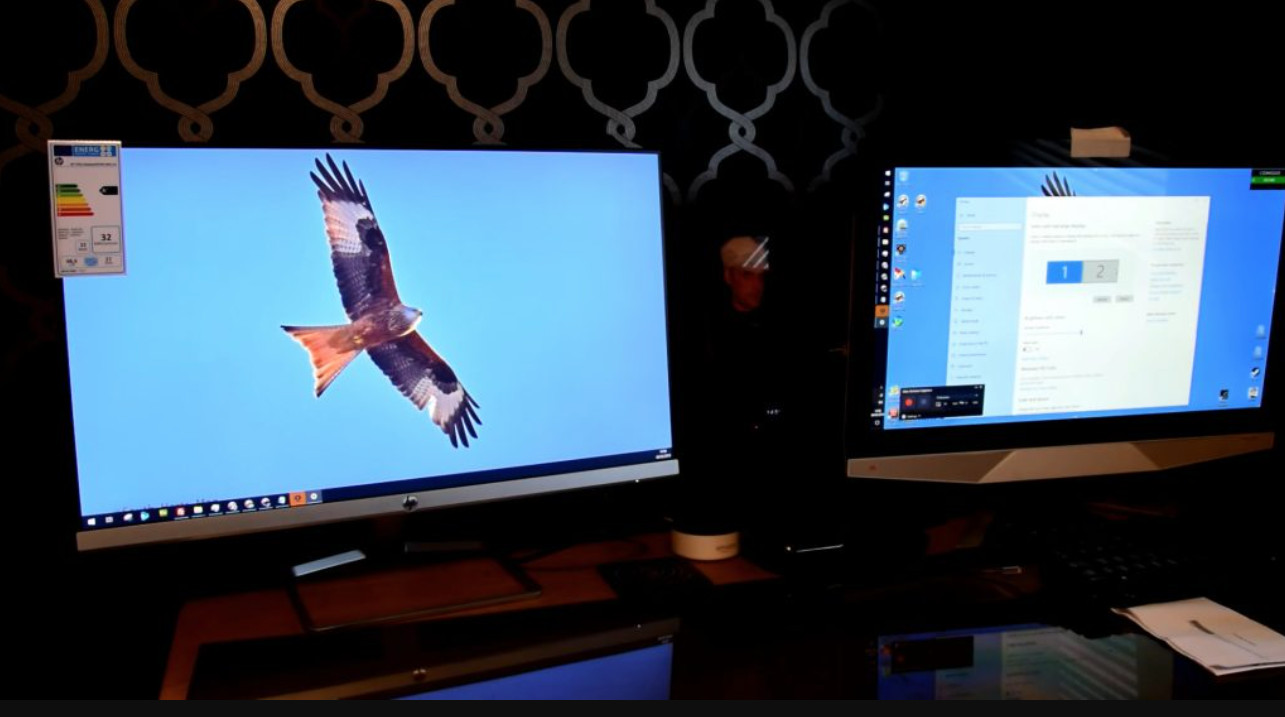
An Overview Of 1440p
1440p or QHD is a higher resolution containing 2560 pixels in width and 1440 pixels in height at an aspect ratio of 16: 9. The QHD displays have two times the higher total number of pixels compared to the 1080p displays of the same size.
In 2020, the QHD gradually became a common standard for monitors and gaming devices, with many graphic processors supporting this resolution’s higher frame rates.
Many famous gaming consoles, such as the Xbox series X, are available at 1440p at a refresh rate of 120p.
1440p Vs. 1080p: Which Is The Best Image Resolution For You?
As mentioned above, higher pixels mean sharper and better graphics quality. For this reason, there’s no doubt that the 1440p resolution is superior to 1080p in terms of image quality and watching experience.
However, you have to trade many things for higher image resolution, so higher resolutions are not always the most suitable category for you. Continue reading to understand more.
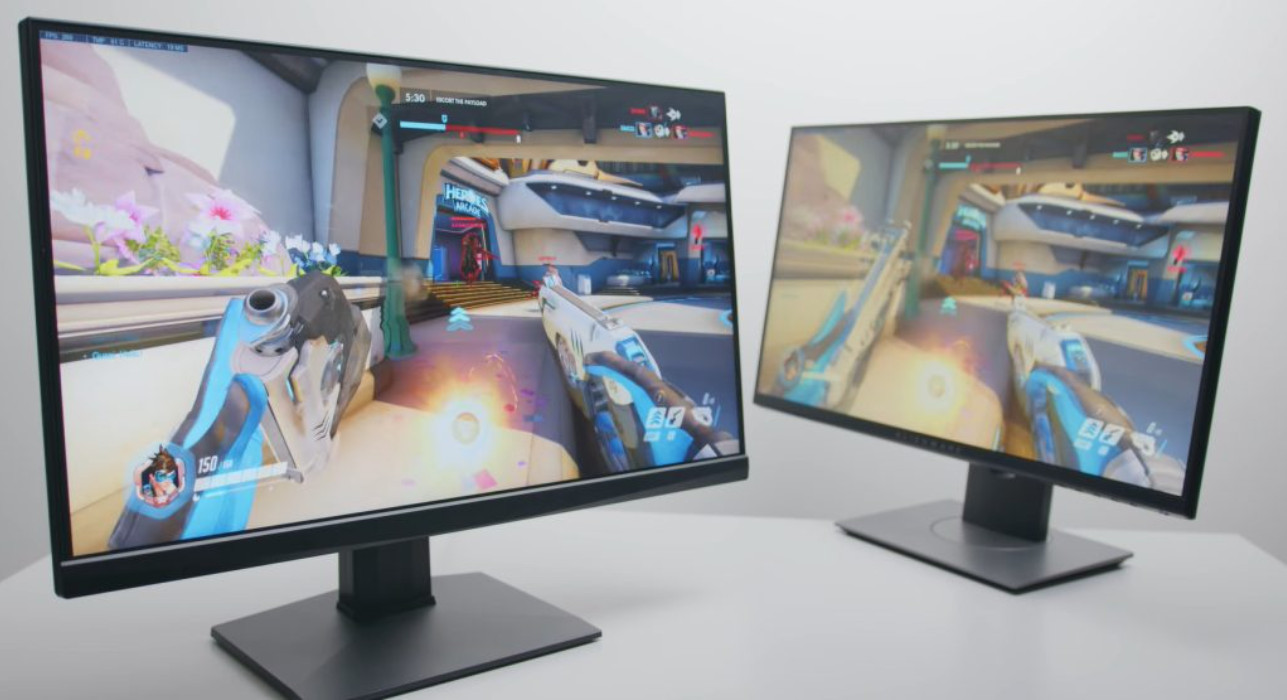
Pixel Density
To compare the image quality, we should look at two monitors with the same screen size (27 inches) and different resolutions: 1080p and 1440p. The FHD display has only 81 pixels per inch, while the 1440p display offers up to 108 PPI.
One inch of the QHD display contains more pixels than the figure for the 1080p display. So it delivers much sharper and clearer videos, pictures, and images.
However, when choosing a display, you should also consider the display’s refresh rate, size, and panel. Image resolutions are important, but they only partly decide how vivid and clear the images are displayed.
Related: On a 1440p monitor, is 1080p playable?
Everyday Use
You won’t notice so many differences in the image quality between a 1080p and 1440p display when watching videos, movies, or browsing the web unless you upgrade to a 4K display with a significantly higher PPI and refresh rate.
Try playing a video on Youtube and switching from FHD to 1440p resolution to sense the difference. The images may get a little sharper, but it is not that noticeable.
Therefore, if you are just a regular user who uses the computer to watch videos, study, and entertainment, there’s no need to upgrade to a 1440p display. You still get sharp graphics quality for a satisfying watching experience.
Furthermore, if you watch a 1080p video on a 1440p display, the images have to be upscaled to fit the frame. The graphic quality will decrease slightly through the upscaling or converting process and may even cause blur or image distortion.
Another reason to opt for 1080p displays for every use is their affordable prices. The QHD monitors are significantly more costly than the 1080p displays, so don’t waste your money if you just do the regular tasks.
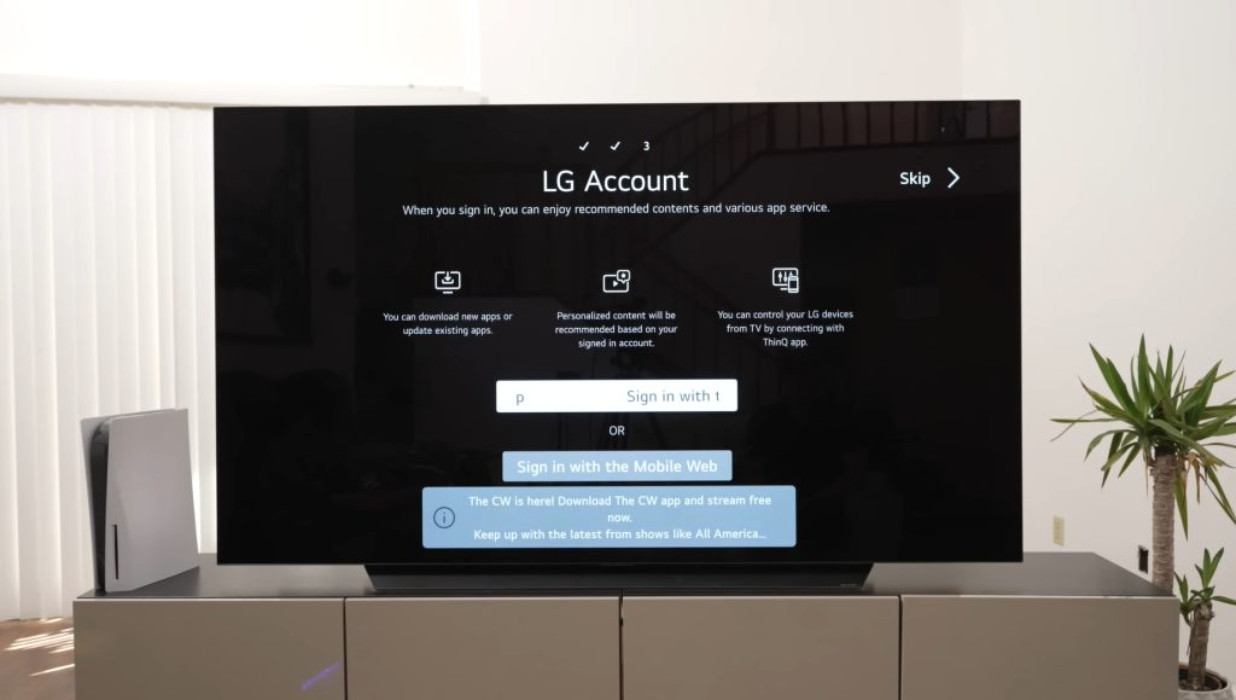
Gaming
However, the story is very different when it comes to gaming. You need a sharper image and a higher refresh rate to get a satisfying gaming experience, so 1440p is more suitable for hard-core gamers.
The 1440p display can help prevent aliasing and deliver smoother and more realistic gameplay with sharper edges and curves compared to 1080. The 1440p monitors usually come with a higher refresh rate, which is extremely important.
However, the graphics card will have to work harder and consume more electricity to produce the 1440p image resolution. If you are using a low-end graphics card, it may not be powerful enough for gaming at 1440p.
In this case, your GPU will overheat and result in a lower frame rate, lags, and image distortion. For example, to have smooth gameplay at 1440p and 60 Hz, you need at least an NVIDIA GTX 1660 Ti or higher.
Meanwhile, the NVIDIA GTX 1060 is sufficient for playing games at 1080p and 60 Hz, which is much cheaper. So, if you are using a powerful graphics processor and CPU, feel free to upgrade to 1440p or even 4K monitors.
These monitors will make your gameplay much more realistic and smoother, helping you achieve better gaming performance. But if your GPU is not powerful enough, a 1080p resolution is totally fine.
Don’t worry if you cannot play games with the 1080p monitor. The majority of games still support FHD settings for a few more years because 1080p is still a standard resolution for gaming.
So if you have money and simply want higher performance and image quality, then opt for the 1440p display. If you want to save money and still get a decent gaming experience, a 1080p monitor is still a great option.
Workspace
Another core improvement of the 1440p resolution from 1080 is its greater workspace. For example, you love a 27-inch display, but it is too large for the 1080p resolution.
The pixels will spread out and make the images less clear or vivid. Therefore displays with higher resolutions, such as 1440p or 4K, usually come with larger display sizes.
Thanks to this larger display size, you can watch movies, work, and browse the web more satisfyingly and effectively. It is especially beneficial for jobs that require much attention to detail, such as editing or coding.
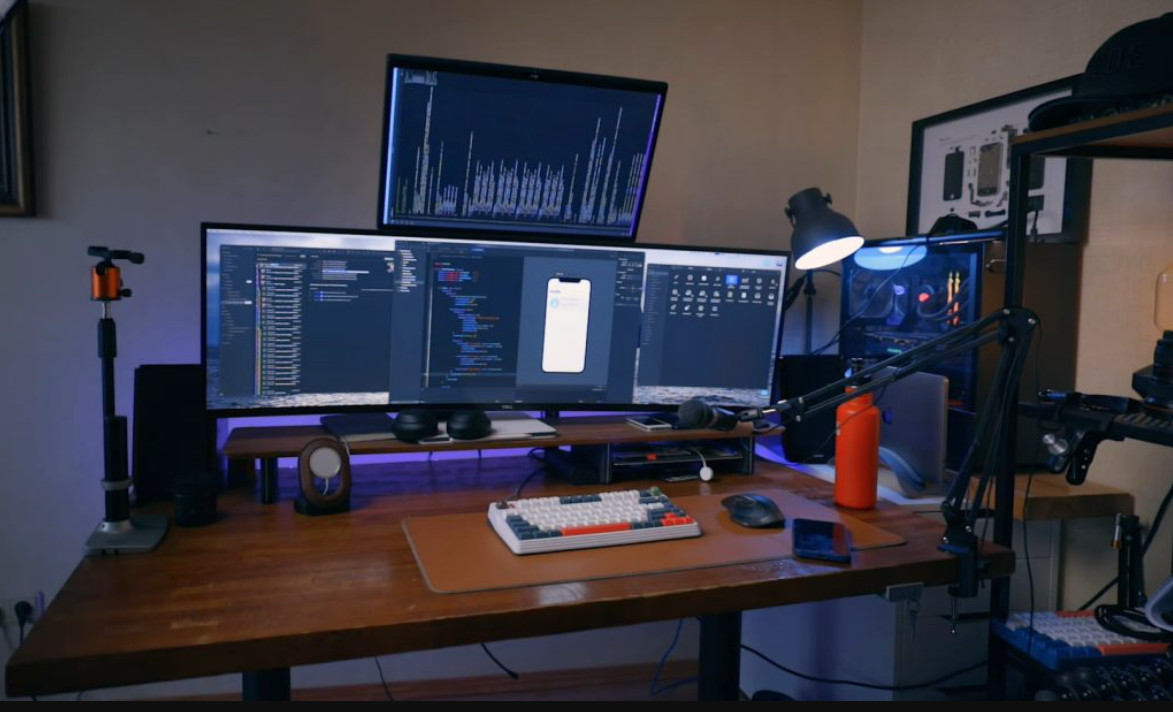
Pros And Cons Of 1440p For Gaming
So I have covered the main differences between 1080p and 1440p. This section will sum up each category’s strengths and weaknesses.
1440p
Pros:
- Greater image quality and refresh rate
- Higher total number of pixels and PPI
- Optimal for larger screen size
- Greater for gaming and professional works
Cons
- More expensive
- Consume more storage, power, and bandwidth
- Require a more powerful graphics processor and hardware
- The improved graphics quality is not so noticeable compared to 1080p in regular tasks
1080p
Pros:
- Affordable prices
- Decent for video watching, low-setting gaming, browsing the web
- Require less power and bandwidth
- Suitable for low-performance hardware
- No need for upscaling
Cons
- The image quality is not as sharp and vivid as higher resolutions
- Not so great for playing games with heavy graphics
Final Thoughts
I hope that the information provided in this post can satisfy you. To sum up, each resolution has its strengths and weaknesses; it all comes down to your needs and preferences for choosing the most suitable category.
Thank you for reading!

